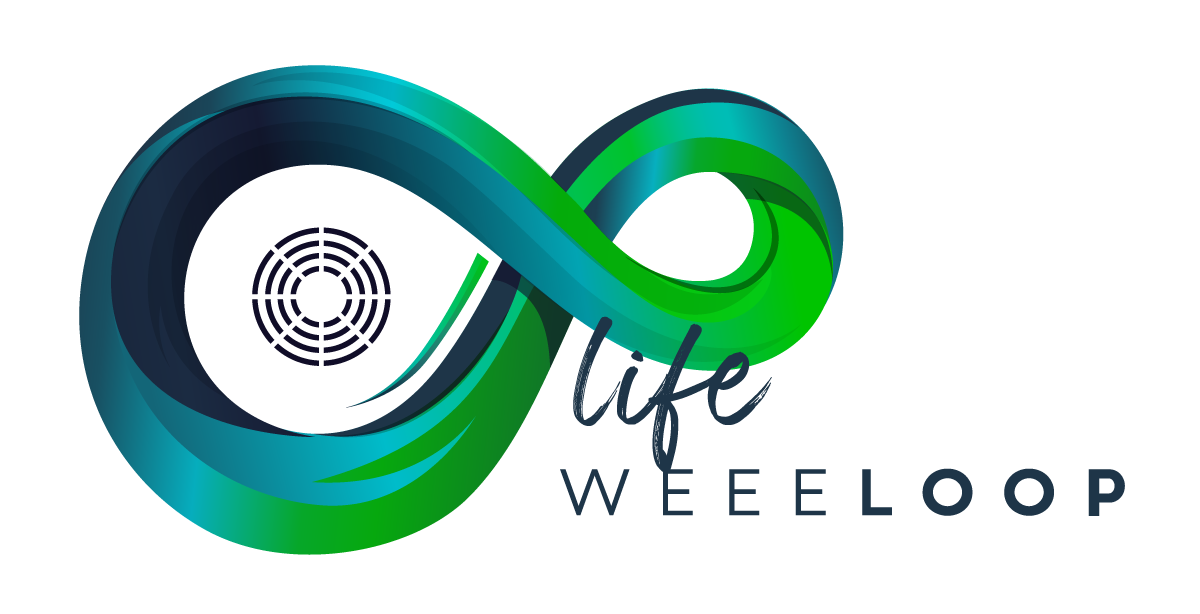

Implement a digital solution based on artificial intelligence (AI) and optical character recognition (OCR) for the identification and classification of recoverable components.
Integrate machine learning systems to optimize disassembly and material assessment processes.
Facilitate interoperability among manufacturers, recyclers, repair centers, and the EPR system.
Establish criteria for the selection and recovery of key components such as ceramic glass, electronic boards, and Induction elements.
Differentiate between industrial secondary raw materials and other materials for the recycling sector.
Develop a scalable and replicable recovery model applicable to other electrical and electronic equipment.
Create a digital traceability system to document the origin, condition, and reuse feasibility of recovered components.
Ensure a DPP aligned with European regulations and integrable with the future European Digital Passport.
Make recovered materials information accessible to manufacturers, repairers, and recyclers.
Align processes with the WEEE Directive, ISO 14001, ISO 59001, and WEEELABEX standards to guarantee sustainable waste management.
Integrate traceability and certification mechanisms, including systems like Book&Claim, Chain of Custody, and Guarantees of Origin.
Coordinate with EPR systems to ensure the reintegration of materials into the value chain.
Conduct industrial testing to verify the technical and economic feasibility of component reintegration.
Develop an eco-designed product based on recovered components as a demonstrator.
Evaluate the environmental impact of the model compared to conventional recycling systems.